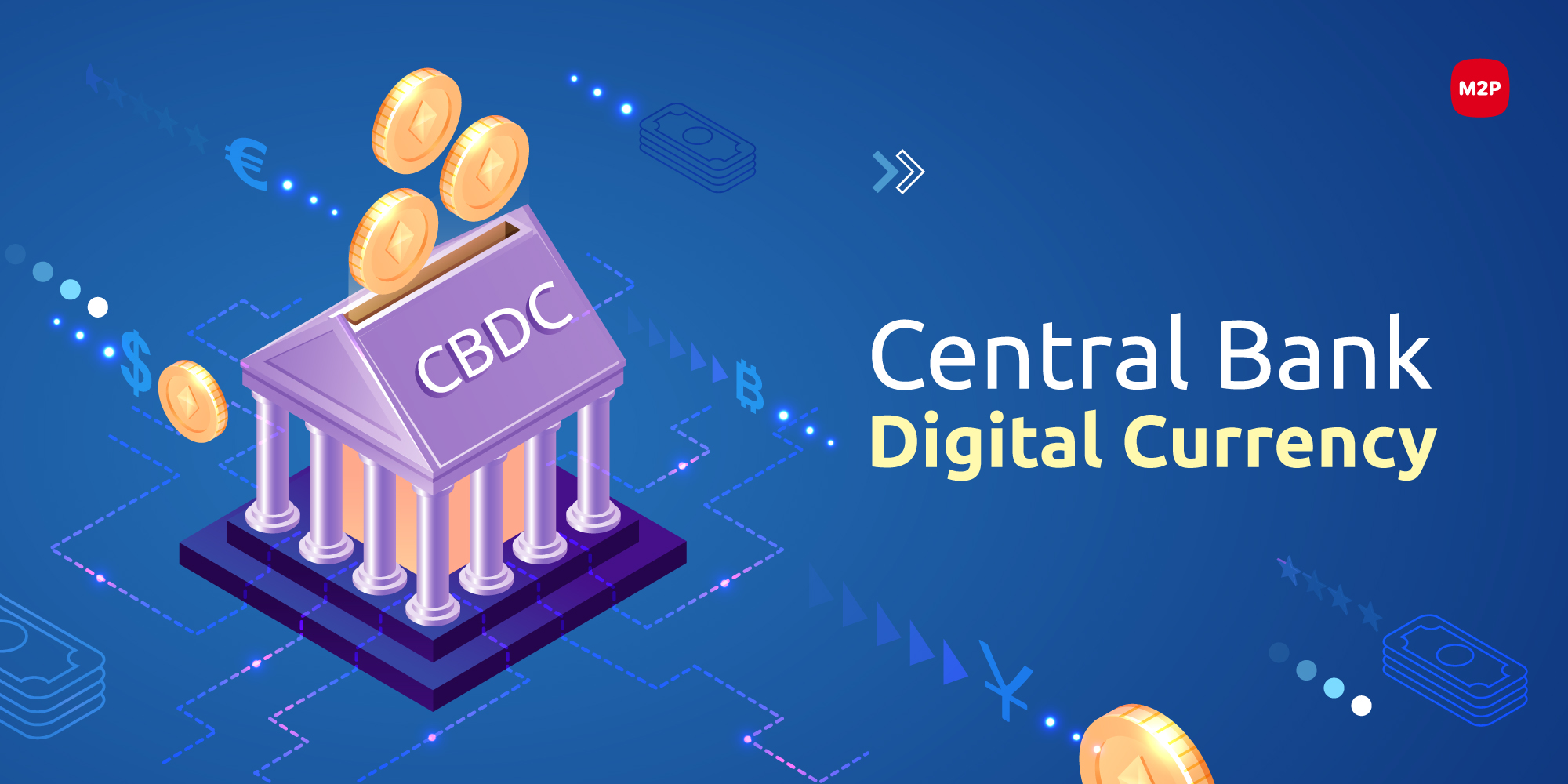The Rise of Central Bank Digital Currencies (CBDCs): What You Need to Know

- Understanding the Basics of Central Bank Digital Currencies (CBDCs)
- The Benefits and Challenges of Implementing CBDCs
- Exploring the Global Trend Towards CBDC Adoption
- How CBDCs Could Impact Traditional Banking Systems
- Regulatory Considerations for the Introduction of CBDCs
- The Future of Payments: A Look at CBDCs
Understanding the Basics of Central Bank Digital Currencies (CBDCs)
Central Bank Digital Currencies (CBDCs) are digital forms of a country’s fiat currency issued by the central bank. They are designed to operate as a digital equivalent of physical cash, allowing for secure and efficient transactions in the digital realm. CBDCs are not to be confused with cryptocurrencies, as they are centralized and regulated by the central bank.
One of the key features of CBDCs is that they are legal tender, meaning they can be used to settle financial obligations. This gives them a level of trust and acceptance that other forms of digital currency may lack. CBDCs also have the potential to improve financial inclusion by providing access to banking services for those who are unbanked or underbanked.
CBDCs can be issued in two main forms: retail CBDCs and wholesale CBDCs. Retail CBDCs are accessible to the general public and can be used for everyday transactions, much like physical cash. Wholesale CBDCs, on the other hand, are designed for use by financial institutions and for settling large-value transactions between them.
The implementation of CBDCs raises important questions about privacy, security, and the role of central banks in the digital economy. While CBDCs offer benefits such as increased efficiency and financial inclusion, they also come with risks and challenges that need to be carefully considered and addressed. As central banks around the world explore the possibility of issuing CBDCs, it is crucial to understand the basics of this emerging form of digital currency.
The Benefits and Challenges of Implementing CBDCs
Implementing Central Bank Digital Currencies (CBDCs) comes with a range of benefits and challenges that need to be carefully considered. One of the main advantages of CBDCs is the potential to increase financial inclusion by providing access to digital payment systems for those who are currently underserved by traditional banking services. This can help bridge the gap between the banked and unbanked populations, promoting economic growth and stability.
On the other hand, there are several challenges associated with the implementation of CBDCs. One of the main concerns is the impact on the existing financial system, as CBDCs could potentially disrupt the traditional banking sector and lead to changes in the way monetary policy is conducted. Additionally, there are concerns about data privacy and security, as the use of digital currencies could expose individuals to new risks such as cyber attacks and identity theft.
Overall, the benefits of implementing CBDCs, such as increased financial inclusion and efficiency in payment systems, need to be weighed against the challenges, including potential disruptions to the financial system and concerns about data privacy and security. As central banks around the world continue to explore the possibility of issuing digital currencies, it is important to carefully consider these factors to ensure a smooth transition to a digital economy.
Exploring the Global Trend Towards CBDC Adoption
The global trend towards the adoption of Central Bank Digital Currencies (CBDCs) is gaining momentum as more countries explore the potential benefits of digital currencies issued by their central banks. CBDCs are seen as a way to modernize the financial system, increase financial inclusion, and improve payment efficiency.
Countries such as China, Sweden, and the Bahamas have already started experimenting with CBDCs, while others like the United States and the European Union are actively researching the possibility of issuing their own digital currencies. The rise of cryptocurrencies like Bitcoin has also pushed central banks to consider the implications of digital currencies on the traditional financial system.
One of the main drivers behind the push for CBDC adoption is the need to keep up with technological advancements and changing consumer preferences. As more people turn to digital payments and online banking, central banks are looking for ways to ensure that their monetary systems remain relevant and efficient in the digital age.
While there are still challenges and risks associated with the implementation of CBDCs, such as cybersecurity threats and privacy concerns, many central banks believe that the potential benefits outweigh the drawbacks. By issuing their own digital currencies, central banks can have more control over the money supply, reduce transaction costs, and improve the speed and security of payments.
Overall, the global trend towards CBDC adoption reflects a growing recognition of the importance of digital currencies in the modern economy. As more countries explore the possibilities of CBDCs, it is likely that we will see a shift towards a more digital and efficient financial system in the years to come.
How CBDCs Could Impact Traditional Banking Systems
Central Bank Digital Currencies (CBDCs) have the potential to revolutionize traditional banking systems in various ways. One significant impact is the potential to streamline payment processes, making transactions faster and more efficient. This could lead to a reduction in the need for intermediaries, such as commercial banks, in the payment ecosystem.
Furthermore, CBDCs could provide greater financial inclusion by allowing individuals who do not have access to traditional banking services to participate in the digital economy. This could help bridge the gap between the banked and unbanked populations, providing more people with access to essential financial services.
Another way CBDCs could impact traditional banking systems is by potentially reducing the cost of cross-border transactions. By eliminating the need for currency conversions and intermediaries, CBDCs could make international payments more affordable and efficient for individuals and businesses alike.
Regulatory Considerations for the Introduction of CBDCs
One of the key considerations when it comes to the introduction of Central Bank Digital Currencies (CBDCs) is the regulatory framework that will govern their issuance and use. **Regulatory** authorities play a crucial role in ensuring that CBDCs comply with existing laws and regulations, particularly those related to **monetary** policy, financial stability, and consumer protection.
**Central banks** must navigate a complex web of regulatory requirements when developing and implementing CBDCs. They must consider issues such as **anti-money** laundering (AML) and combating the financing of terrorism (CFT) regulations, **data** privacy and security laws, and **cross-border** payment regulations. Failure to comply with these regulations could result in legal challenges and reputational damage for the central bank.
Additionally, central banks must consider the potential impact of CBDCs on the broader **financial** system. They must assess how the introduction of a digital currency could affect **monetary** policy transmission, financial stability, and the overall efficiency of the payment system. Central banks may need to work closely with other regulatory authorities, such as **financial** regulators and competition authorities, to address these concerns.
Overall, the regulatory considerations for the introduction of CBDCs are complex and multifaceted. Central banks must carefully navigate these **challenges** to ensure that CBDCs are **secure**, compliant with regulations, and beneficial for the **economy** as a whole. By working closely with regulatory authorities and other stakeholders, central banks can help pave the way for the successful introduction of CBDCs in the **digital** age.
The Future of Payments: A Look at CBDCs
Central Bank Digital Currencies (CBDCs) are gaining traction as a potential future of payments. These digital currencies are issued by central banks and are considered legal tender. CBDCs are designed to offer a secure and efficient way to make transactions, both domestically and internationally.
One of the key advantages of CBDCs is the potential to reduce transaction costs and increase financial inclusion. By leveraging blockchain technology, CBDCs can provide a transparent and traceable payment system that can help combat money laundering and other illicit activities.
As more central banks explore the possibility of issuing CBDCs, there are still many questions and challenges to address. These include concerns about privacy, cybersecurity, and the impact on the traditional banking system. However, with careful planning and collaboration, CBDCs could revolutionize the way we think about money and payments in the digital age.





